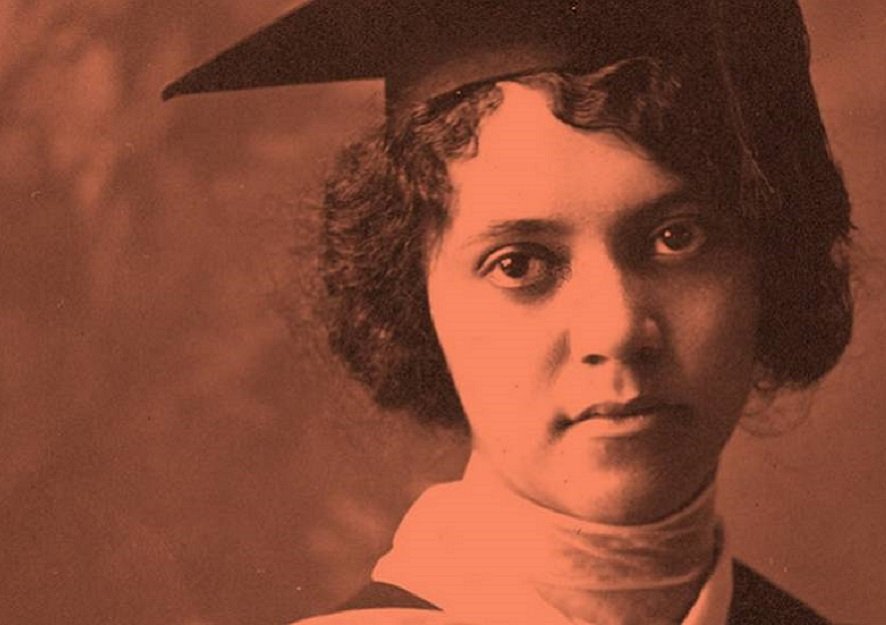
Alice Ball, the first African-American master’s graduate from the University of Hawaii, used her passion for chemistry to develop an injectable oil extract for leprosy. A century ago, leprosy, otherwise known as Hansen’s disease, was not as rare as it is now. The ailment that changes from skin lesions to disfigurements could gradually kill. Lepers at the time were quarantined and had to announce their presence using bells so people could avoid them. By the early 20th century, treatments began evolving for the disease. Chaulmoogra oil, a substance from the seeds of a tropical evergreen tree, was being used to treat patients but produced inconsistent results and had side effects.
Chemist Ball came to their aid. She began investigating the chemical properties of chaulmoogra oil, where she managed to isolate the effective ingredients. This resulted in the creation of a new regimen of injection-based medicine that stayed in use for the treatment of the disease for more than two decades.
Sadly, Ball never got to see the results of her work as she died in 1916, aged 24, shortly after making her discovery and before she could publish her findings. After her death, Arthur Dean, the chairman of the Chemistry Department at the University of Hawaii, began using Ball’s research work and discovery. He eventually claimed ownership of the work and never credited Ball. In 1922, Dr. Harry T. Hollmann, the assistant surgeon at Kalihi Hospital who had mentored Ball and encouraged her to explore chaulmoogra oil, published a research paper giving Ball the proper credit she deserved for her discovery, calling it ‘The Ball Method’, which became the most effective way of treating Hansen’s disease. It was also almost 90 years after Ball’s death that the University of Hawaii officially recognized Balls’ contributions and declared February 29 as “Alice Ball Day.”